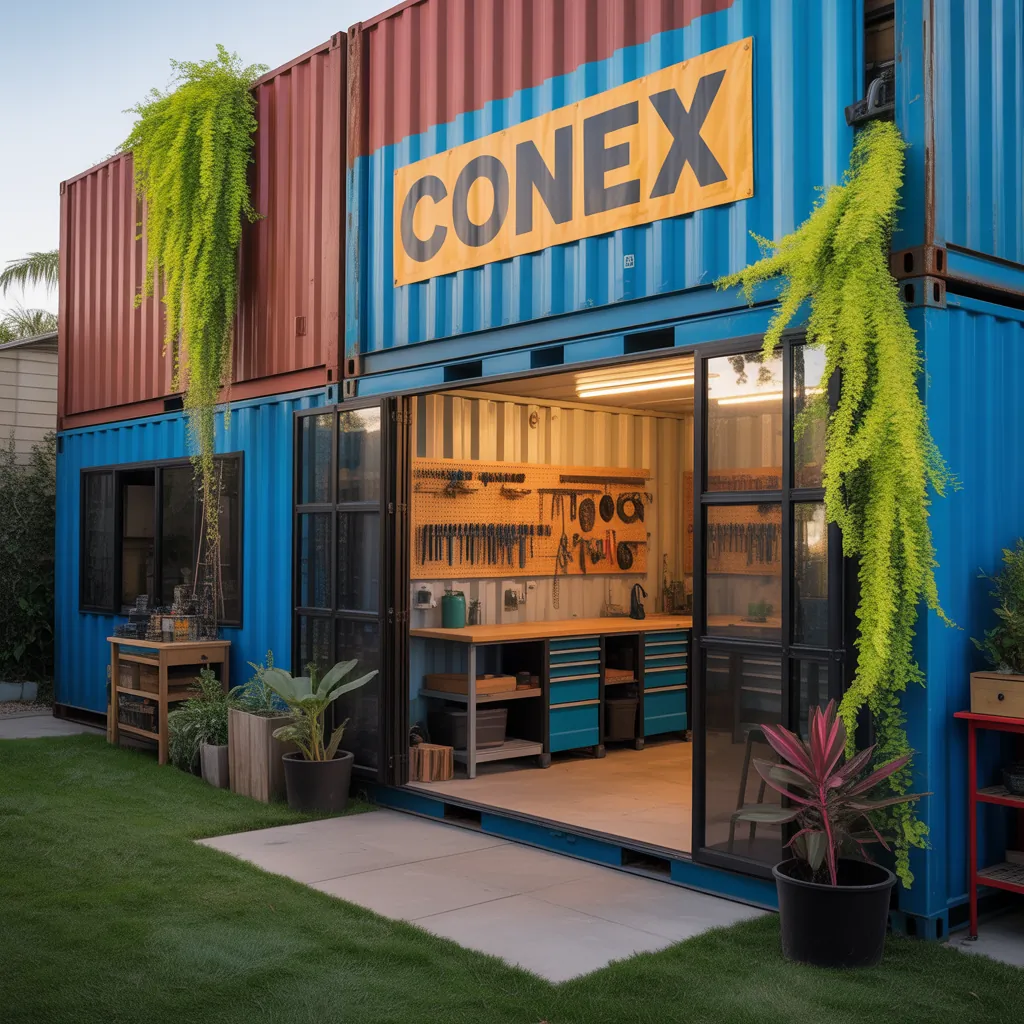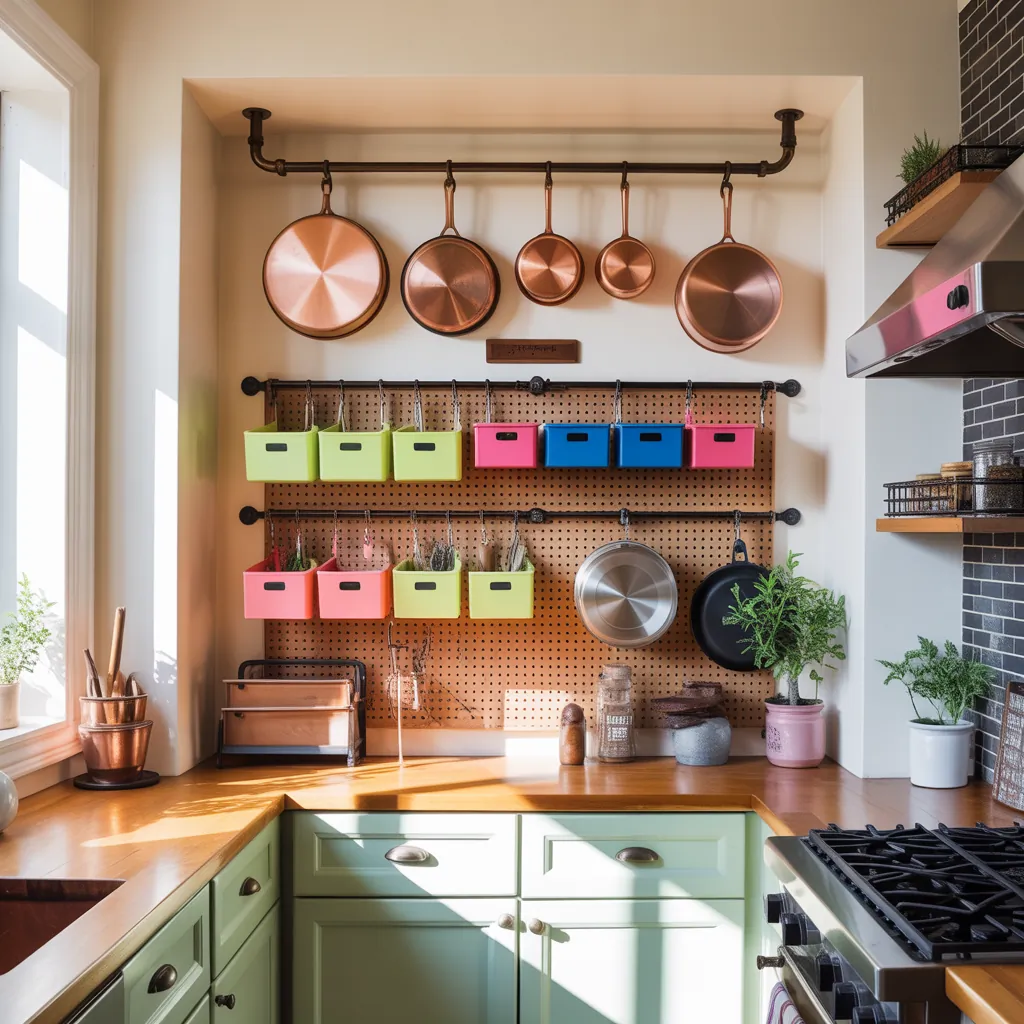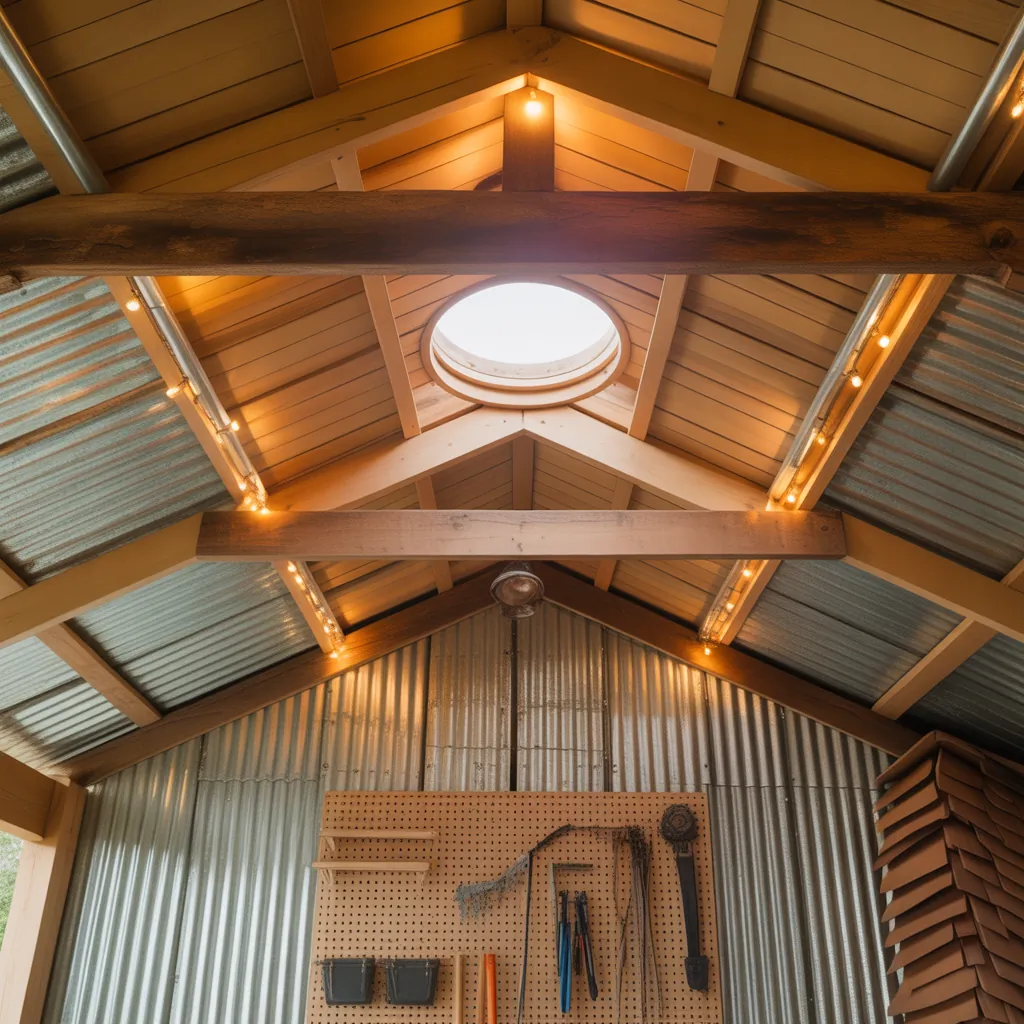Ever tried to finish a weekend DIY project only to spend more time hunting for tools than actually building? Picture a tidy corner of your yard where every saw, paint can, and seasonal decoration has a home — accessible, secure, and stylish. That’s the promise of the conex storage concept: using modular shipping containers and conex boxes as practical, long-lasting storage solutions that upgrade both function and curb appeal.
Why the Conex Storage Concept Works for Homeowners
The conex storage concept leverages durable shipping containers (also called conex boxes or container sheds) to create affordable, secure storage and versatile spaces. Whether you need a backyard workshop, garden shed, or an organized overflow for seasonal items, a conex container is a modular canvas you can adapt with DIY projects and simple upgrades.
Key benefits at a glance
- Durability: Steel construction resists weather and pests.
- Security: Lockable doors protect tools and valuables.
- Modularity: Stack, connect, or pair multiple units.
- Affordability: Lower cost than many stick-built additions.
- Fast setup: Quick delivery and minimal site work.
Design Inspiration: Ideas to Apply the Conex Storage Concept
Want design ideas that look intentional instead of “boring box in the backyard”? Try these real-world inspirations you can copy or build on:
Garden Studio or Workshop
- Install insulation, a stud wall, and plywood floors for a comfy workspace.
- Add a roll-up door or larger side entrance for easy tool access.
- Mount pegboards, wall-mounted cabinets, and a fold-down workbench.
Seasonal Storage & Mudroom
- Create shelving zones for holiday decor, sports gear, and lawn equipment.
- Include a small vestibule or awning to keep mud out of the main house.
- Label bins and use clear plastic containers for fast retrieval.
Playhouse or Guest Nook
- Insulate thoroughly, finish interiors with tongue-and-groove panels, and add soft flooring.
- Include large windows and a skylight for natural light.
- Use paint and exterior cladding to blend the container with your home’s style.
Step-by-Step DIY: Turn a Conex Box into a Functional Workshop
Below is a practical, beginner-friendly plan you can follow on a weekend (or a few weekends) to convert a conex container into a working shop.
Materials & Tools
- Conex container (20′ or 40′)
- Rigid foam or spray foam insulation, furring strips
- Plywood or OSB for interior walls and flooring
- LED lighting, surface-mounted electrical outlets, breaker box
- Ventilation fan or passive vents
- Paint, weatherstripping, shelving brackets, pegboard
Step 1 — Site Prep and Foundation
Pick a level spot with solid access for delivery. Pour simple concrete piers, use crushed gravel pads, or install concrete blocks — the goal is stable, level support elevated slightly for drainage.
Step 2 — Delivery & Placement
Arrange delivery so the container sits in its final position. Double-check setbacks and local regulations (see FAQ below for permit guidance).
Step 3 — Insulation & Interior Finish
Attach furring strips, insulate between them with rigid foam or spray foam, then cover with plywood or drywall. Don’t forget a vapor barrier if you live in a humid climate.
Step 4 — Electrical & Lighting
Run conduit, install a subpanel or a dedicated circuit, and fit LED strip lights for bright, energy-efficient illumination. Consider exterior motion-sensor lights for security.
Step 5 — Storage Systems & Layout
Plan a layout: heavy items low, pegboards at eye level, and mobile tool carts for flexible workspace. Use labeled bins and clear organization zones to make your shop efficient.
Practical Tips & Real-World Advice
- Permits and codes: Check local zoning, setbacks, and permit requirements early — rules vary widely.
- Insulation matters: Steel gets hot and cold; prioritize insulation and ventilation for comfort and to protect tools.
- Vent and dehumidify: A small dehumidifier or passive vents prevent rust and mildew.
- Security upgrades: Reinforce doors, use high-quality padlocks, and consider exterior cameras or motion lights.
- Budget range: Expect a basic used 20′ container to start around a few thousand dollars, plus conversion costs for insulation, electrical, and finishes — plan a realistic budget before buying.
How the Conex Storage Concept Fits Into Home Improvement Plans
Integrating a conex container with your home improvement or garden plan creates flexible storage that grows with your needs. Use it as a temporary staging area during a major renovation, or as a permanent element that frees up attic and garage space. If you’re working on interior projects, consider how a conex can store tools and materials safely while you complete DIY projects or bigger remodels.
Styling & Exterior Treatments
To avoid the “industrial box” look, try cladding the exterior with wood slats, composite panels, or a living wall. Paint it to match your home palette and add attractive lighting and landscaping to integrate the unit into your backyard. For ideas on blending container storage with interior upgrades, check inspiration on home design ideas.
Frequently Asked Questions
1. Do I need a permit to place a conex container on my property?
Permit requirements vary by municipality. Many places treat conex containers like outbuildings, requiring permits for permanent placement, especially if utilities are added. Always check with your local planning department before purchasing or installing.
2. How expensive is it to convert a conex into a usable storage or workshop?
Costs depend on container size, condition, and the level of finish. A used 20′ container can be affordable, but insulation, electrical, flooring, and finishes add to the total. A simple conversion may run a few thousand dollars, while a fully finished studio could cost significantly more. Get quotes for labor and materials when planning.
3. Can I do a conex conversion as a DIY project?
Yes—many homeowners complete parts of the conversion themselves. Tasks like insulation, interior paneling, shelving, and painting are DIY-friendly. For electrical work or structural modifications (cutting doorways, installing windows), consider hiring licensed professionals to ensure safety and code compliance.
Conclusion: Ready to Try the Conex Storage Concept?
The conex storage concept is a flexible, durable way to solve common storage headaches while adding functional square footage to your property. From a tidy workshop to a stylish backyard studio, shipping container conversions offer a practical DIY canvas. If clutter is slowing your projects or you want a secure home base for tools, now is a great time to explore container storage solutions and start planning your conversion.
Want help planning a container project or finding simple DIY steps to get started? Check out our guide to DIY projects and browse creative home design ideas to inspire your build. Ready to transform your space? Gather your measurements, set a budget, and start sketching — then bring the conex storage concept to life.
Call to action: Share your project idea or ask a question in the comments below — I’ll help you plan the first steps.



